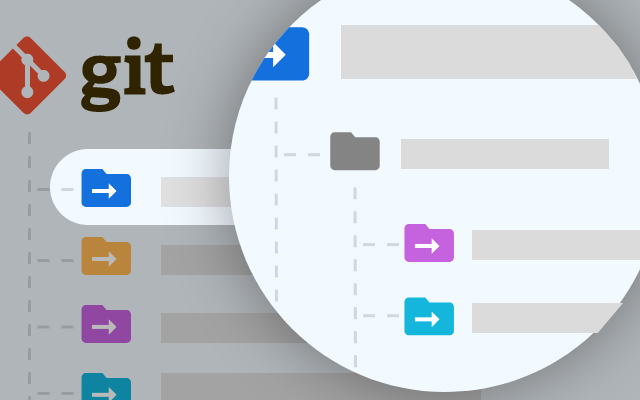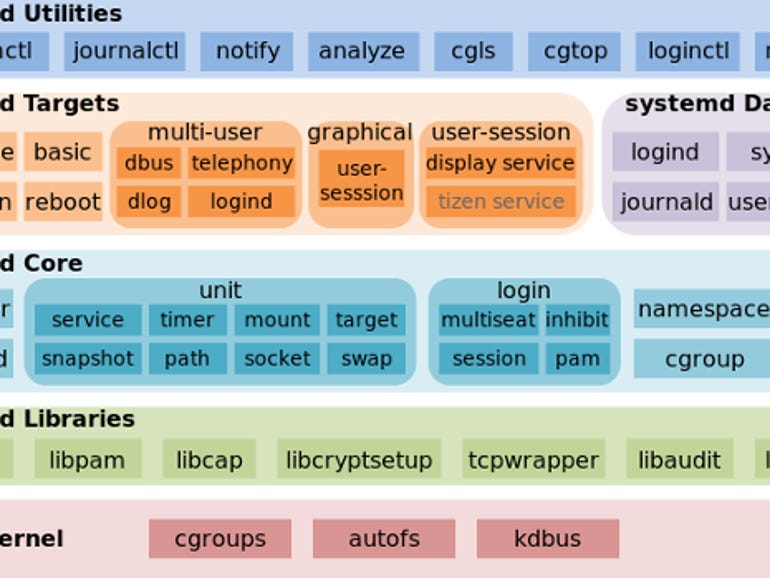What is the reason of separation of module implementation and signatures in OCaml?
But I think that you can still have separate compilation without mli files, because the Ocaml compiler knows to create a cmi file from the ml file when there’s no mli file present.
It’s a bit more powerful than that since you can compile against a .mli file without having any implementation which you only need to provide a link time. This means that you can compile against a given interface and choose an actual implementation (i.e. the concrete .ml file) only at link time.
Note that for this to work in native code it used to be the case that you had to hide the corresponding .cmx file otherwise those would be used for cross-module inlining. Nowadays you should compile these mlis with the -opaque option for this to work. See the docs.
But I think that you can still have separate compilation without mli files, because the Ocaml compiler knows to create a cmi file from the ml file when there’s no mli file present.
For sure, but in this case the compilation is not fully separated (and that’s why I added sleep 1 in my example, without it the second example may succeed). And it’s cheaper to compile a .cmi from an .mli one than from an .ml one (you have to type check the .ml first). Moreover, as @dbuenzli said, you don’t even need to implement a.ml in order to compile b.ml.






















/cdn.vox-cdn.com/uploads/chorus_asset/file/25472498/STK271_PERPLEXITY_A.jpg)